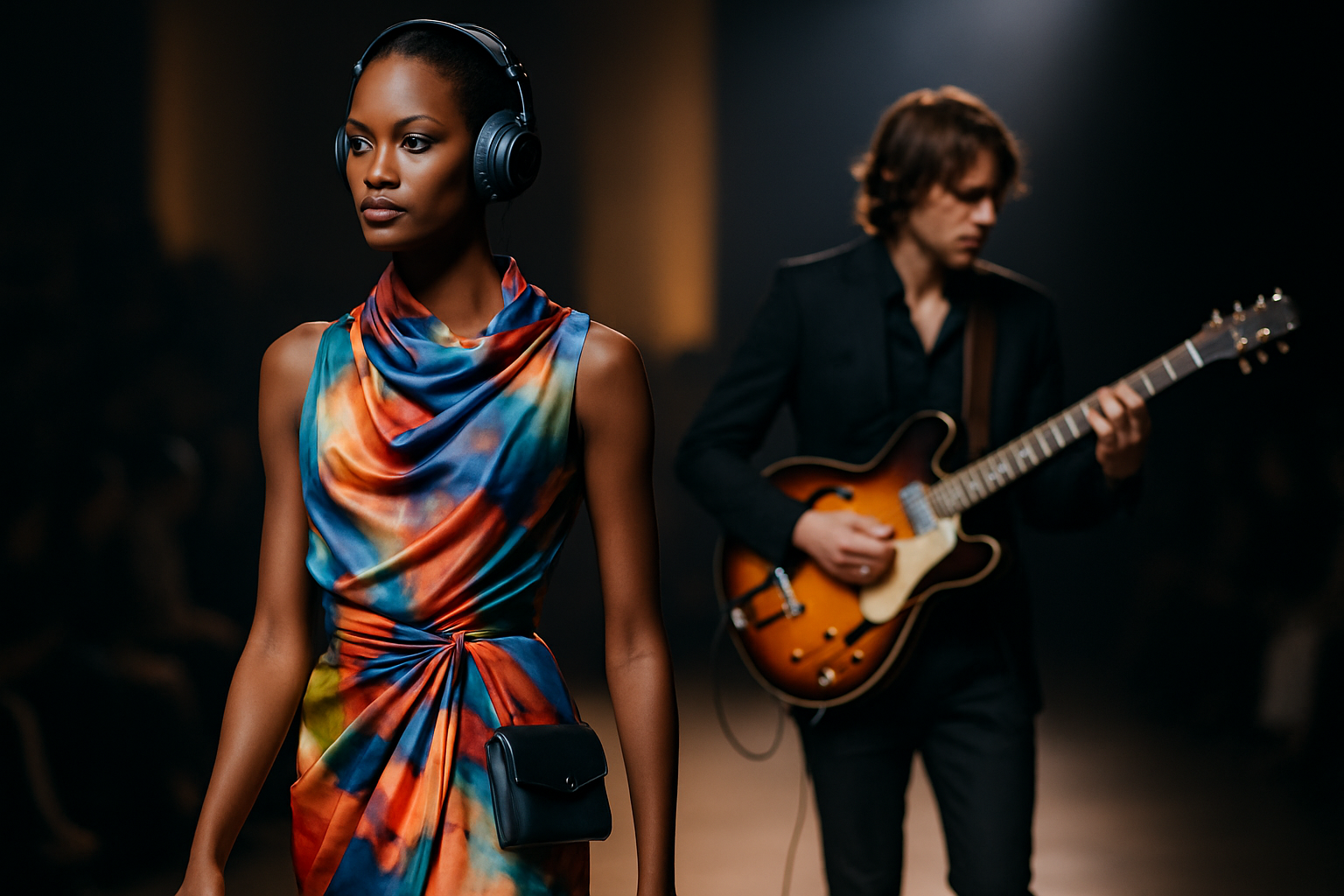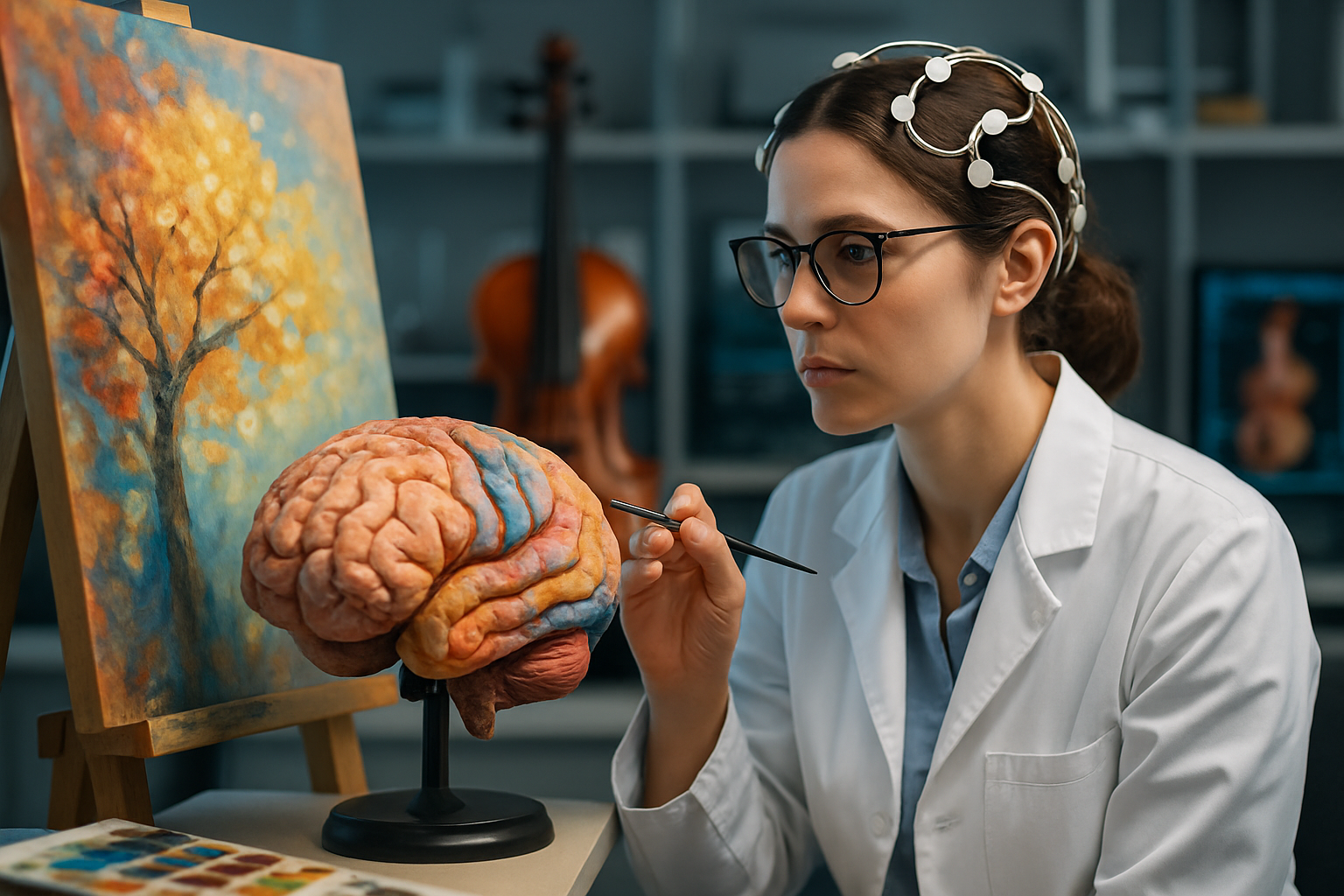Holographic Opera: A New Frontier in Musical Performance
In the ever-evolving landscape of performing arts, a groundbreaking fusion of technology and classical music is taking center stage. Holographic opera, a cutting-edge approach to one of the most traditional art forms, is captivating audiences worldwide with its blend of centuries-old musical traditions and state-of-the-art visual technology. This innovative medium is not only revolutionizing how operas are presented but also challenging our perceptions of live performance and artistic expression.

Technological Marvels Behind the Curtain
At the heart of holographic opera lies a complex system of high-resolution projectors, motion capture technology, and advanced computer graphics. Unlike traditional holograms, which are static, these performances utilize real-time rendering to create dynamic, interactive holograms. Specialized transparent screens, known as Pepper’s ghost displays, are strategically placed on stage to reflect the projected images, creating the illusion of three-dimensional figures floating in space. This technology allows for unprecedented flexibility in set design and character portrayal, enabling productions to shift between fantastical and realistic settings in an instant.
Reimagining Classical Works
One of the most exciting aspects of holographic opera is its ability to breathe new life into classical works. Productions of Mozart’s The Magic Flute have incorporated holographic animals and mythical creatures, bringing the opera’s fantastical elements to life in ways previously unimaginable. Similarly, a recent staging of Puccini’s Madama Butterfly utilized holographic projections to create a stunning, ever-changing Japanese landscape, enhancing the opera’s themes of cultural clash and transformation.
Creating New Artistic Possibilities
Beyond reimagining existing works, holographic technology is inspiring composers and librettists to create entirely new operas tailored to the medium’s unique capabilities. These new works often blur the lines between reality and fantasy, exploring themes of technology, virtual worlds, and the nature of existence itself. For example, the critically acclaimed Quantum Entanglement, premiered in 2022, tells the story of two lovers separated by parallel universes, using holographic effects to visualize the complex principles of quantum physics alongside the emotional narrative.
The Impact on Performers and Audiences
For opera singers and performers, holographic productions present both challenges and opportunities. While the technology allows for more elaborate staging and visual effects, it also requires performers to adapt their techniques to interact convincingly with holographic elements. Many singers report that the immersive nature of these productions enhances their ability to embody their characters, leading to more emotionally resonant performances.
Audiences, too, are experiencing opera in entirely new ways. The visual spectacle of holographic productions is attracting younger, tech-savvy viewers to an art form often perceived as traditional or inaccessible. Moreover, the technology is enabling opera companies to reach wider audiences through simulcasts and virtual reality experiences, allowing people around the world to experience top-tier productions from the comfort of their homes.
Preservation and Accessibility
Holographic technology is also playing a crucial role in the preservation and accessibility of opera. By digitally capturing performances, including the movements and expressions of renowned singers, opera companies can create archives that allow future generations to experience legendary performances long after the original artists have retired. This digital preservation not only serves as a valuable historical record but also opens up possibilities for educational programs and interactive exhibitions that bring opera to new audiences.
Ethical Considerations and Artistic Integrity
As with any transformative technology, holographic opera raises important questions about artistic integrity and the nature of live performance. Critics argue that the heavy reliance on technology may detract from the human element that makes live opera so compelling. There are also concerns about the potential for digital manipulation of performances and the ethical implications of using holographic representations of deceased artists.
The Future of Holographic Opera
Despite these challenges, the future of holographic opera looks bright. As technology continues to advance, we can expect even more immersive and interactive experiences. Some visionaries in the field are already experimenting with augmented reality elements that allow audience members to participate in the performance, blurring the lines between spectator and performer.
Conclusion: A New Chapter in Operatic History
Holographic opera represents a bold new chapter in the centuries-long history of the art form. By embracing cutting-edge technology, opera is finding new ways to captivate audiences, tell stories, and explore the boundaries of human creativity. As this medium continues to evolve, it promises to keep opera relevant and exciting for generations to come, ensuring that this venerable art form remains a vibrant part of our cultural landscape. Whether viewed as a technological marvel or a natural evolution of theatrical art, holographic opera is undeniably shaping the future of musical performance.





